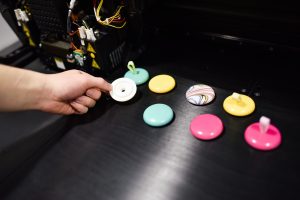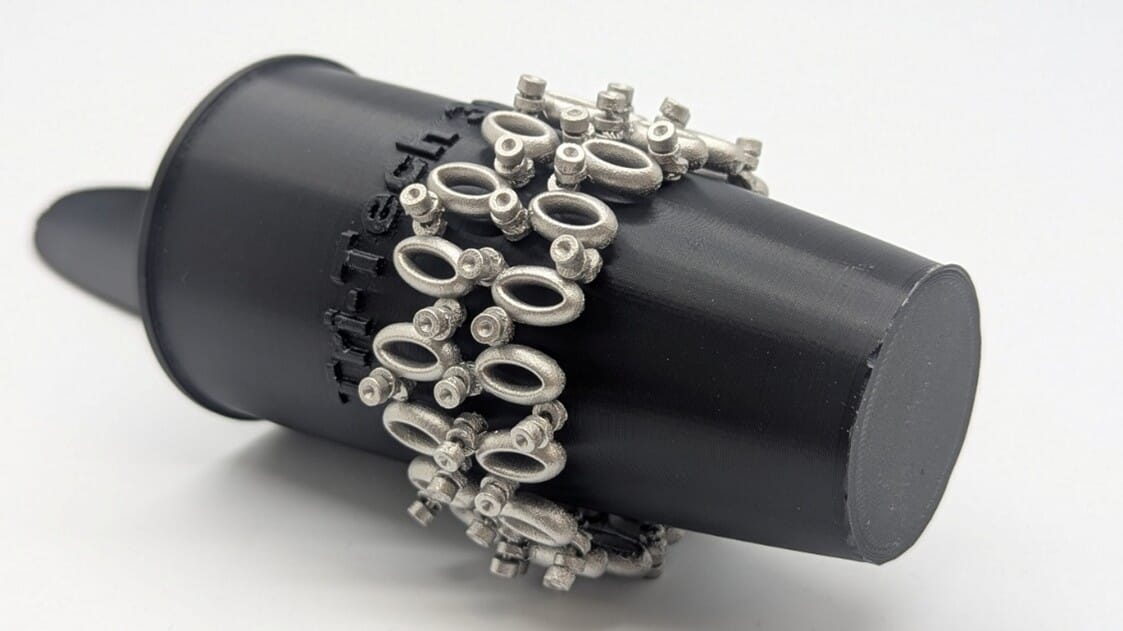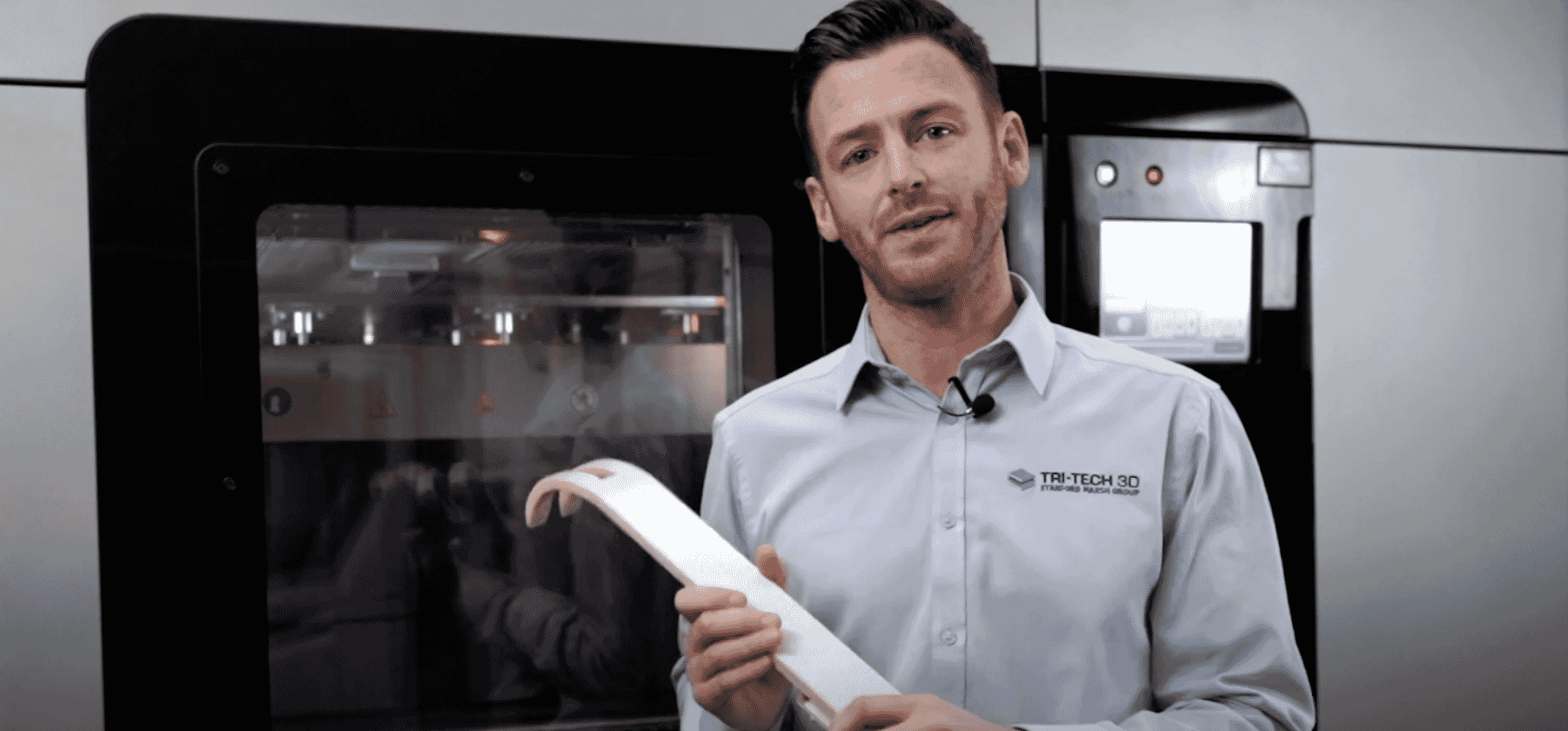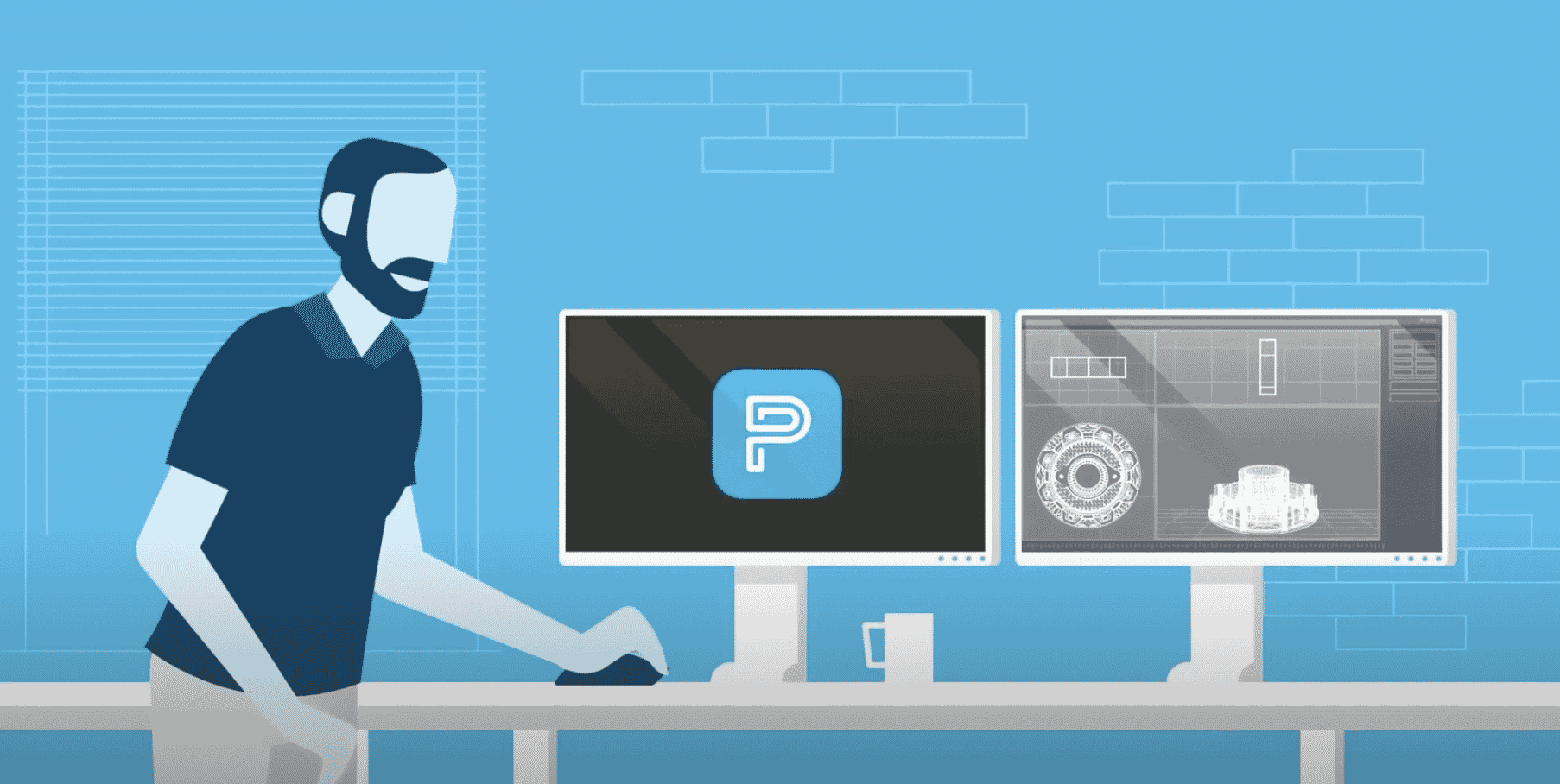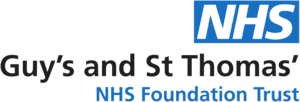The design developments sector has embraced Stratasys 3D printers and specialist materials.
The product design and developments sector is booming. In 2021, the market size valuation was an extraordinary $8.6 billion, while the industry is expected to deliver a compound annual growth rate of 12.5% between now and 2030. The statistics are impressive, but perhaps more eye-opening still is the sector’s appetite for innovation as it pioneers the products of tomorrow.
Naturally enough, the brightest minds in design and development have been amongst the earliest adopters of Tri-Tech 3D’s services, turning to our expert team for everything from Stratasys 3D printers and materials to the technical knowhow to help them realise their vision.
Prototyping plays a key role in the development process of consumer products and their packaging. Industrial designers, mechanical engineers, packaging designers, graphic artists, and marketing staff all use prototypes to visualise products, understand how they will function, and assess their appeal to consumers. Stratasys 3D printers speed the prototype process and accelerate the overall design cycle by quickly and inexpensively printing assemblies with smooth, durable surfaces, soft touch parts, and multiple materials with different physical and mechanical properties.
The fine detail and functionality of Stratasys 3D printers make them ideal for internal product assessments and focus groups. For truly realistic product models, acrylic-like materials can be painted or finished to precisely replicate the end product.
Which Stratasys 3D printers are most commonly used in design-development?
At Tri-Tech 3D, our design developments clients often have the most blue-sky requirements, so we start by taking a close look at their project and guiding them to the Stratasys 3D printers that will bring it to life most successfully. There are no hard and fast rules, but we’ve achieved great results with Stratasys 3D printers including the J35 Pro, J55 Prime, J826, J850 Pro and J850 Prime, FabriX Kit, Objet 30 V5 Pro/Prime and J4100.
Which 3D printing materials are most often used in design-development?
Designers working in this sector have a huge list of potential requirements – from comfort for wearable prototypes to safety measures for children’s toys –and the Tri-Tech 3D team always welcomes the challenge of guiding them to the materials that perform best. For flexibility, try the rubber-like qualities of Agilus30 Elastico and VeroFlex . For ABS plastic simulations, consider Digital ABS Plus (RGD515) and Digital ABS2 Plus, or for quick concept parts, investigate DraftGrey (RGD750).

Basic end-use function prototypes often benefit from the use of High Temperature (RGD525), while Vero and Vero Vivid colours are a strong rigid/opaque choice. Rigur and Durus are ideal Polypropylene simulations, while for transparency, designers could consider VeroClear (RGD720/RGD810), VeroUltraClear (RGD820), VeroUltraClearS (RGD821) and VeroContactClear.
Which applications is 3D printing used for in the design developments sector?
The spectrum of Stratasys 3D printers and materials available through Tri-Tech 3D means our clients approach us with countless different projects in mind. Just some of the potential applications include: initial design concept/initial stages of concept modelling (often using DraftGrey), design verification, FEA analysis, high fidelity/highly realistic designs/models, CMF (Colour Material Function), fashion design, small parts with complex features, highly accurate presentation models with fine details, electronic housings, engineering prototypes, medical device prototypes, form and fit testing, consumer goods, toys/figurines, packaging, glassware, eyewear, lighting covers, micro fluidics, automotive lens models, wearable prototypes, skin contact and mucosal applications (using Vero Contact Clear), and Pantone matching/Branding ID.
Sporting Goods Prototyping
Sporting Goods typically require prototypes with a combination of both rigid and flexible materials integrated into one part. For example, to best simulate the desired end-product, shoe soles require various levels of flexibility (different shore levels), as well as rigid materials and even a combination of opaque and transparent elements.
For this reason, Stratasys’ PolyJet inkjet-based 3D printing technology and the J Series multi-material 3D printing systems are ideal for Sporting Goods prototyping. With the latter, the user can actually select the desired Shore level so as to fit the exact design requirements. By selecting the suitable PolyJet Digital Material, such as the ABS-like Digital Material, the 3D printed prototype can be used for more advanced testing, not only in fit and form testing, but also in preliminary function testing.
Where can I read more about 3D printing case studies relevant to this sector?
See below some customers in this industry who have thrived using Stratasys systems…
➡️ Toy State International Limited
➡️ Ital Design
➡️ Quadpack


